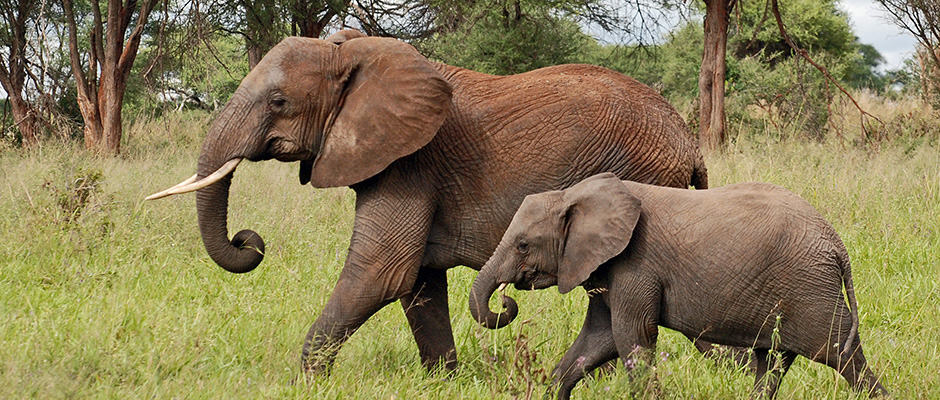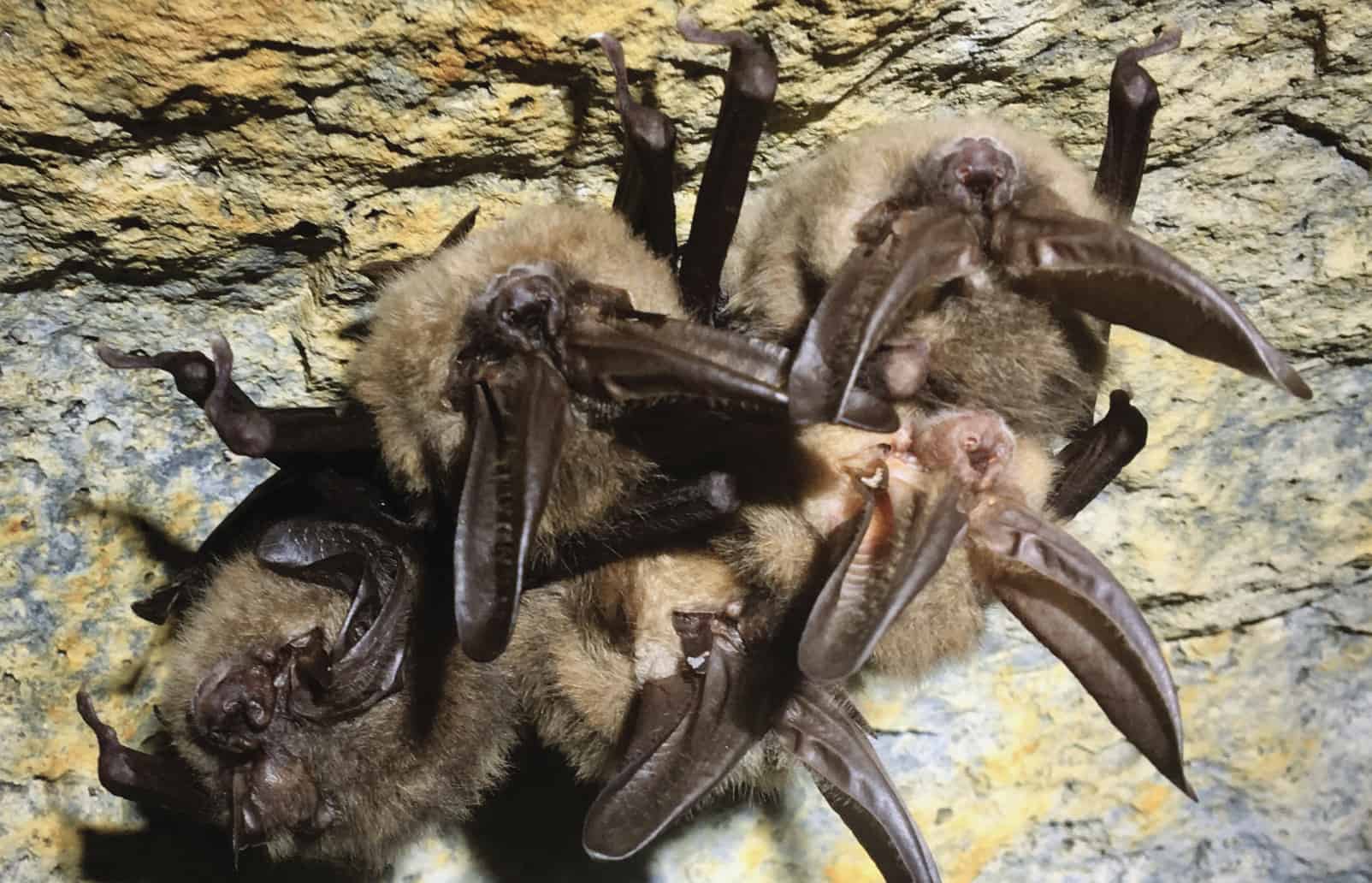Share this article
DNA Reveals Major Ivory Poaching Hotspots
While most anti-poaching efforts for elephants have focused on curbing demand of illegal ivory products, a recent study went straight to the source — poaching hotspots in Africa.
In the new study published in the journal Science, scientists used the DNA of poached elephants to track down their locations — a method pioneered by Samuel Wasser, the director for the Center of Conservation Biology at the University of Washington and lead author of the new study that analyzed 28 large ivory seizures, each weighing over a half ton, making it the broadest application of the method yet.
Large ivory seizures represent 70 percent of illegal ivory by weight, Wasser said. Wasser and his team analyzed 60 percent of those seizures since 2010.The team determined that the vast majority of seized ivory came from two major hotspots: Ivory from savanna elephants (Loxodonta africana) mostly came from southeastern Tanzania and adjacent northern Mozambique, and ivory from forest elephants (Loxodonta cyclotis) came from northern Gabon and Republic of the Congo and Dzanga Sangha of southwestern Central Africa Republic.
“It is estimated that 50,000 elephants were killed in 2013,” Wasser said. “There are currently only 470,000 [elephants] left in Africa. It is very important that we try to figure out where the poaching is occurring and have law enforcement target these areas.”
Wasser began his study by creating a geographic map of the locations of major elephant poaching sites. To do this, he and his team first sampled DNA from the dung of 1,350 elephants from 71 locations in 29 African countries to create a map of elephant populations. Then, they analyzed DNA in seized ivory samples, comparing and matching the genotype to the gene frequency map.
While some might worry about poachers moving out of identified hotspots, Wasser said hotspots are slow to change. To be a hotspot on this scale likely requires a high degree of corruption in order to smuggle large amounts of ivory out of the country. In fact, poaching hotspots didn’t shift in Tanzania even after Wasser identified southeast Tanzania as a hotspot in 2007 and 2009. As a result, he stresses the need for international cooperation to increase law enforcement in these hotspots.
Meanwhile, Wasser hopes to continue identifying poaching hotspots. “If there is going to be law enforcement cracking down, we need to get these seizures on a real-time basis,” he said. “It’s extremely important, in the next year or two, to monitor seizures as aggressively as we can.”
Header Image:
The African savanna elephant is the larger of two subspecies of elephants in Africa. In a recent study, scientists found two poaching hotspots, one for savanna and one for forest elephants.
Image Credit: Harvey Barrison via Flickr








